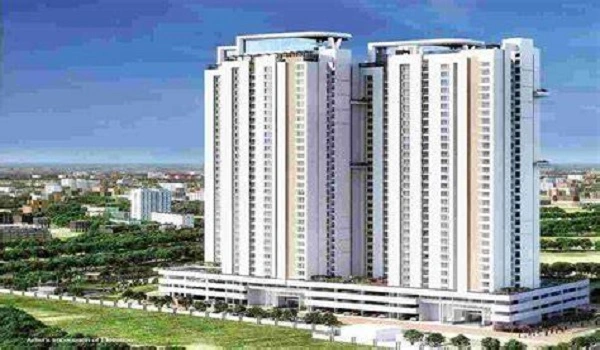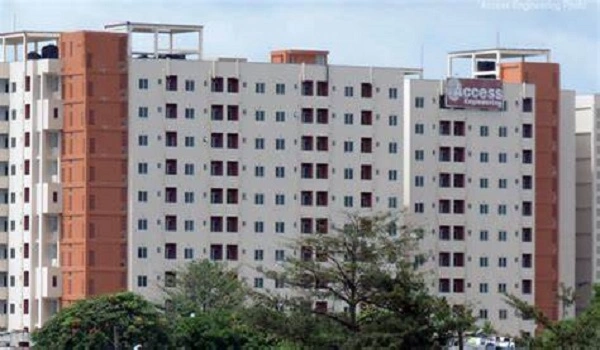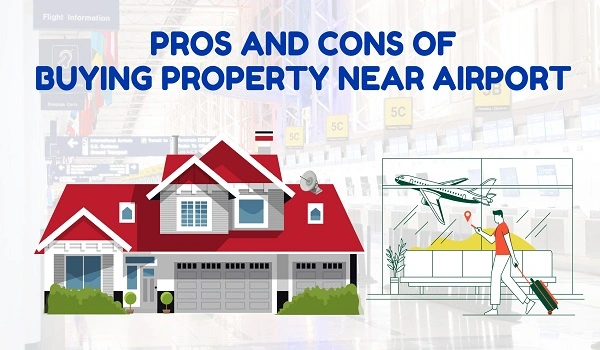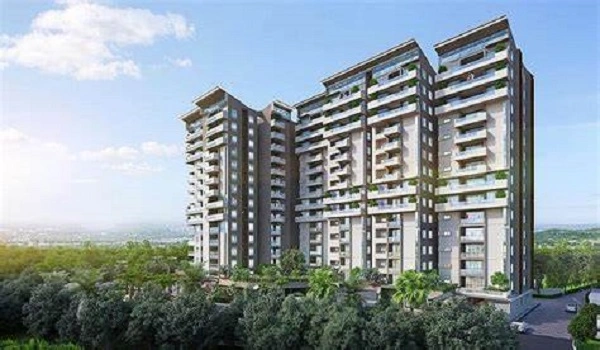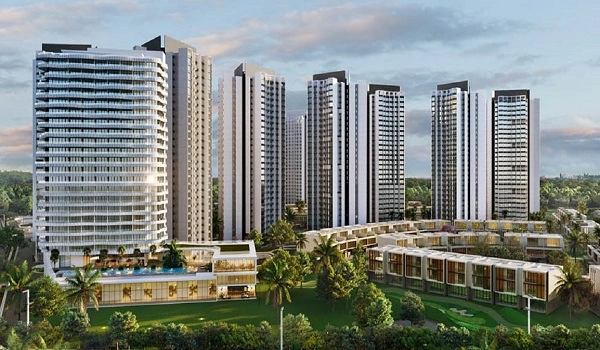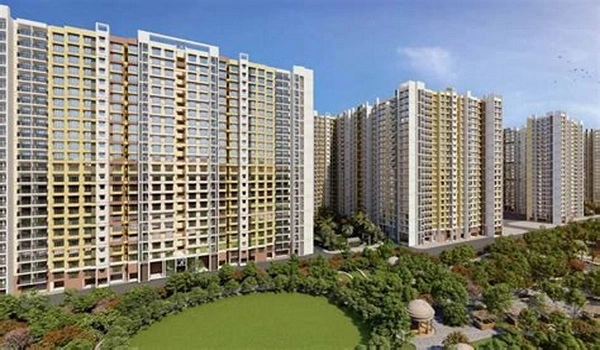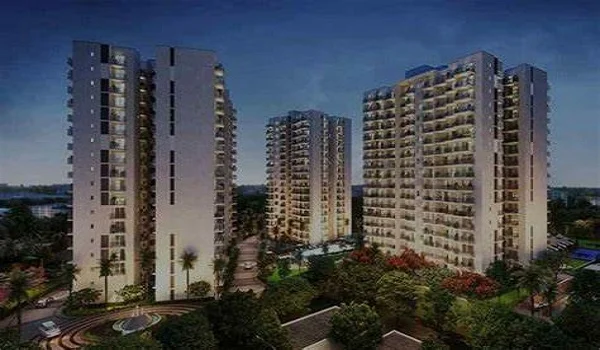What Is Fsi Far At Birla Ojasvi Rr Nagar

FSI-FAR at Birla Ojasvi RR Nagar is the Floor Area Ratio, which is regulated based on the type of building and city zone. The floor area ratio can be calculated by dividing the floor area of the project building by the total gross area. The value varies from place to place, and it can be obtained from the Zoning Regulation of the particular land.
Importance of FSI-FAR

FSI known as FAR, is an actual tool to control real estate development. Every city has a particular space that can be used safely. The usage of space beyond that is under stress. It is known as the safe load factor, which is FSI or FAR. While higher FSI will lead to a rise in construction, low FSI will moderate crowding. The higher the FSI, the high the revenue.
The ratio varies with population dynamics and growth patterns. It can also vary even in the same location, based on the total number of floors of the building. Residential, agricultural spaces and commercial spaces have different safe load factors with different FARs.
What is the FSI Formula?
The FSI formula is FSI = Total Built-up Area / Plot Area
FSI: Floor Space Index, which is represented as a number.
Total Built-up Area: Sum of the floor areas of all the total floors in the building. Basements used for living space are also included.
Plot Area: Total area of the land of the building
For example, if there is a plot of land that measures 1000 sq ft. The plan is to build a 4-floor building, and each floor will measure 400 sq ft.
Plot Area: 1000 sq ft
Total number of floors: G+3 (4 floors)
Total Floor Area: 400 sq ft (Ground Floor) + 400 square feet (First Floor) + 400 square feet (Second Floor) + 400 square feet (Third Floor) = 1600 square feet
FSI = Total Floor Area / Total Land Area
FSI = 1600 sq ft / 1000 sq ft
FSI = 1.6
So, the FSI for this project is 1.6. It means the total built-up area is 1.6 times the size of the plot.
Difference between floor area ratio and floor space index
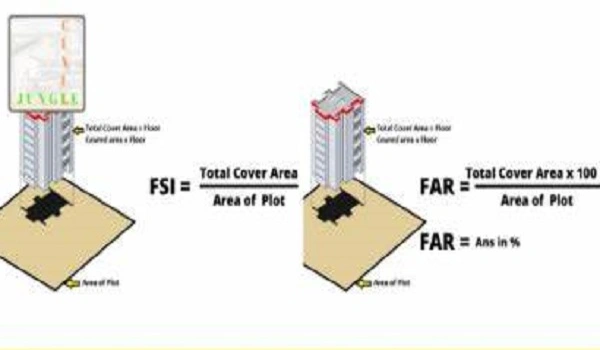
The only difference is Floor area calculation is stated as a ratio, and the Floor space Index is stated in percentage. Since FSI is a measure that merges the height of a building, regulating it guarantees flexibility in the design of the total building.
Who fixes FSI?
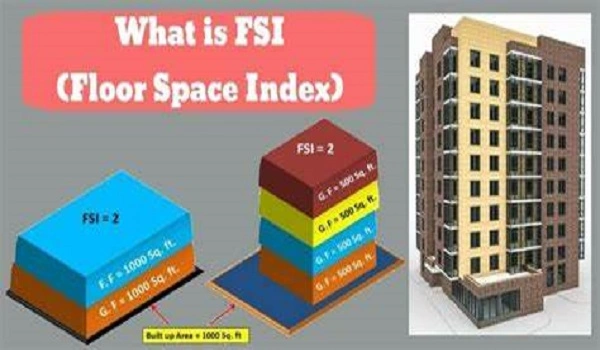
The local municipal bodies or the state governments fix FSI.
What is the average FSI in India?
When compared to other cities of the world, FSI in India is low. The FSI varies from city to city and building to building. The FSI of different states of India are
| City | FSI |
| Chennai | 1.2 to 2 |
| Gurgaon | 1 to 1.45 |
| Pune | 1.5 to 2.5 |
| Bangalore | 1.75 to 3.35 |
| Delhi | 1.2 to 3.5 |
| Ahmedabad | 1.2 to 1.8 |
| Mumbai | 0.5 to 1 |
| Kolkata | 1.5 to 2.5 |
| Hyderabad | 6 to 7 |
Factors that influence FSI
- Amenities of the project
- Total Road width
- Development control standards
- Zone
- Type of Building
Benefits of FAR/FSI at Birla Ojasvi
Guidelines with respect to FAR/FSI help keep the building in check and ensure the safety of the building. In the absence of those rules, unauthorized buildings will increase. The benefits of FAR/FSI are
- It helps authorities to give stable and planned growth
- There is a clear separation between open spaces and the total built spaces.
FAR/FSI violation
FAR/FSI violation by a builder is known only when the development authority issues a completion certificate. Buyers should see the completion certificate before buying a property. Buying a property that has violated the FAR/FSI regulations could have serious effects if you were to apply for a loan.
FAR/FSI: Inclusions and exclusions
What is included in gross FAR/FSI at Birla Ojasvi?
It consists of the
- Atriums
- Common area
- Staircase
- Basement
- Lobbies
- Area for tenants
- Laundry
- Storage rooms and
- Restrooms
What is not included in gross FAR/FSI?
- Parking area
- Walkways that are covered
- Exterior spaces
- Balconies
- Patios
- Outdoor sports areas
Importance of FAR/FSI in Birla Ojasvi
FAR/FSI at Birla Ojasvi regulates the density of buildings, guarantees balanced development, and it also maintains the quality of urban life.
Significance of FAR/FSI for Builders
- Better Planning: Builders can assess the potential returns by estimating the buildable area and planning their total projects.
- Maximising Total Land Use: Builders can optimize the use of land, leading to profitable projects.
- Better Design: High FSI allows for multi-story buildings, enabling builders to offer a lot of housing options with good design.
Significance of FAR/FSI for Buyers
- Increasing Property Value: Properties with balanced FSI will increase in value due to the planned infrastructure.
- Quality of Life: Understanding FSI helps buyers to choose locations with green spaces, and parks which will improve the quality of life.
- Living area: The density of residential areas, influencing the living conditions is impacted and low FSI often means less crowded buildings.
Conclusion
FSI and its understanding is very much essential for a real estate market. It impacts total property values and the quality of life. By ensuring the availability of open spaces, FSI will promote balanced city growth.
FAQ
If the FSI limit is exceeded, it can lead to penalties or even destruction orders, as the building will be deemed illegal.
No, a high FSI is not a valuable property. While high FSI allows for extra built-up space, factors such as amenities, location, and infrastructure also impact property value.
No, car parking and balcony are not included in FSI. Common areas and basements are excluded from the FSI calculation. Lifts, Terraces, and lobbies that are not technically covered under the carpet area are also excluded from FSI. But the staircase will be contained within if it is inside the apartment project.
The factors that can affect the FSI are development plan, zone type, and road width.
Yes, you can increase FSI if authorities allow the Transfer of Development Rights where you can buy extra building rights from designated areas.
| Enquiry |
